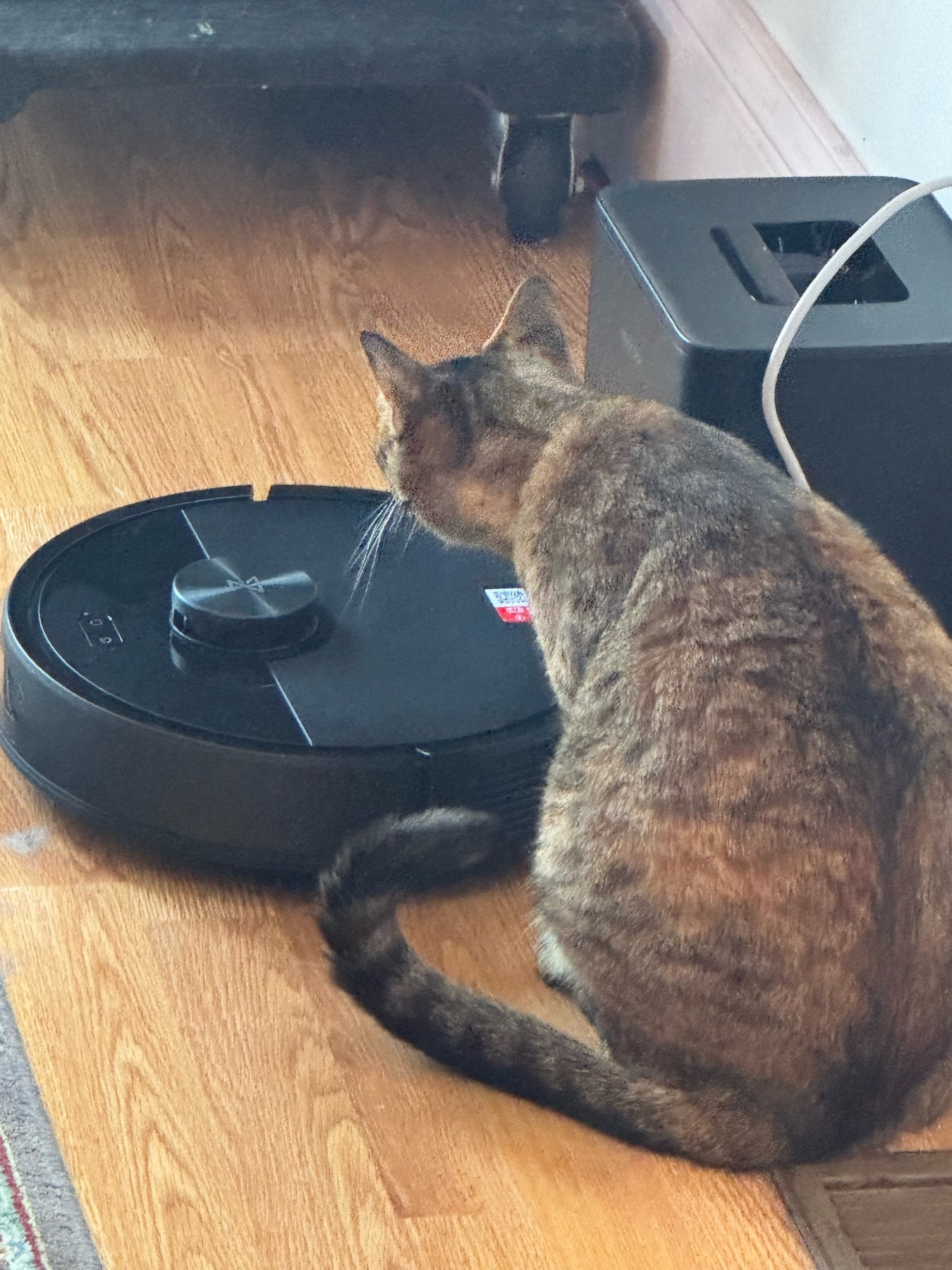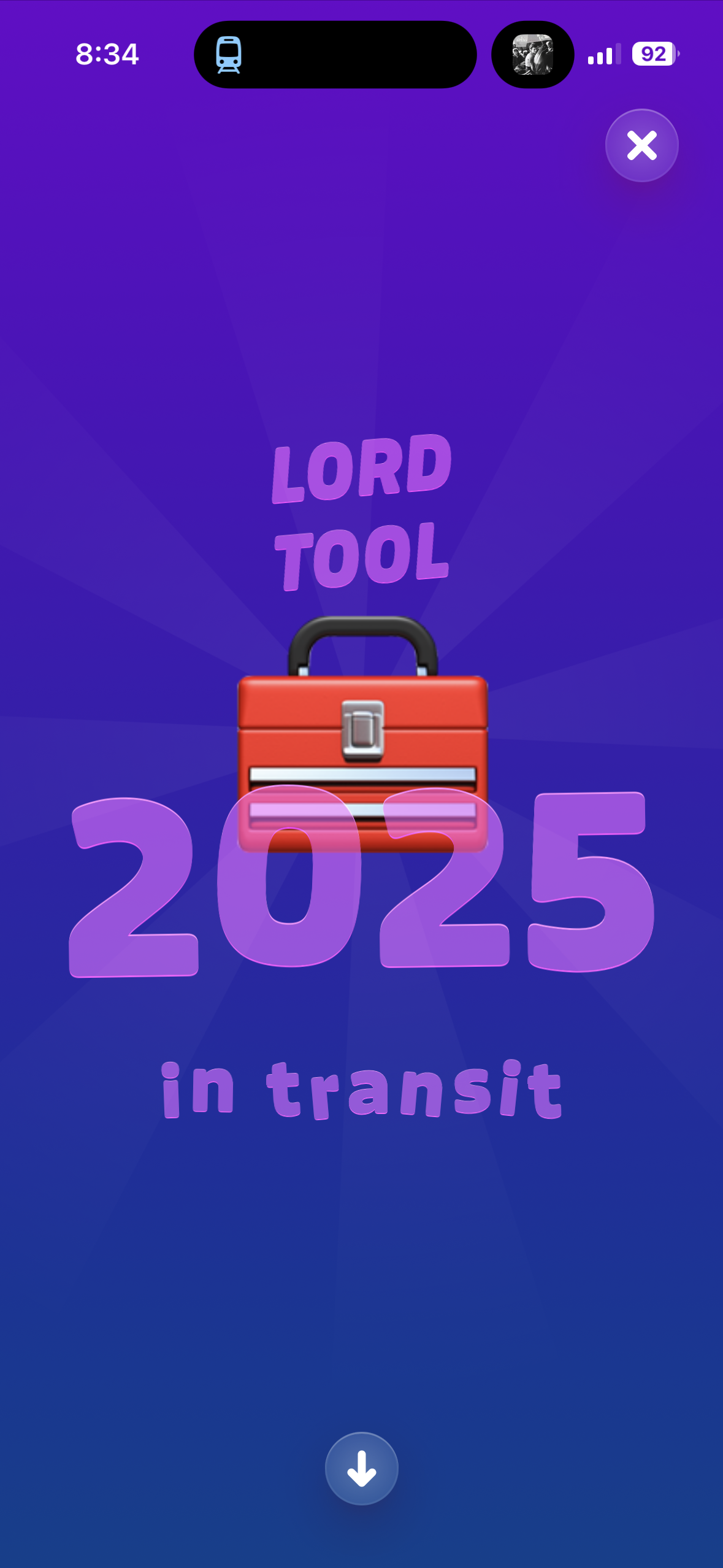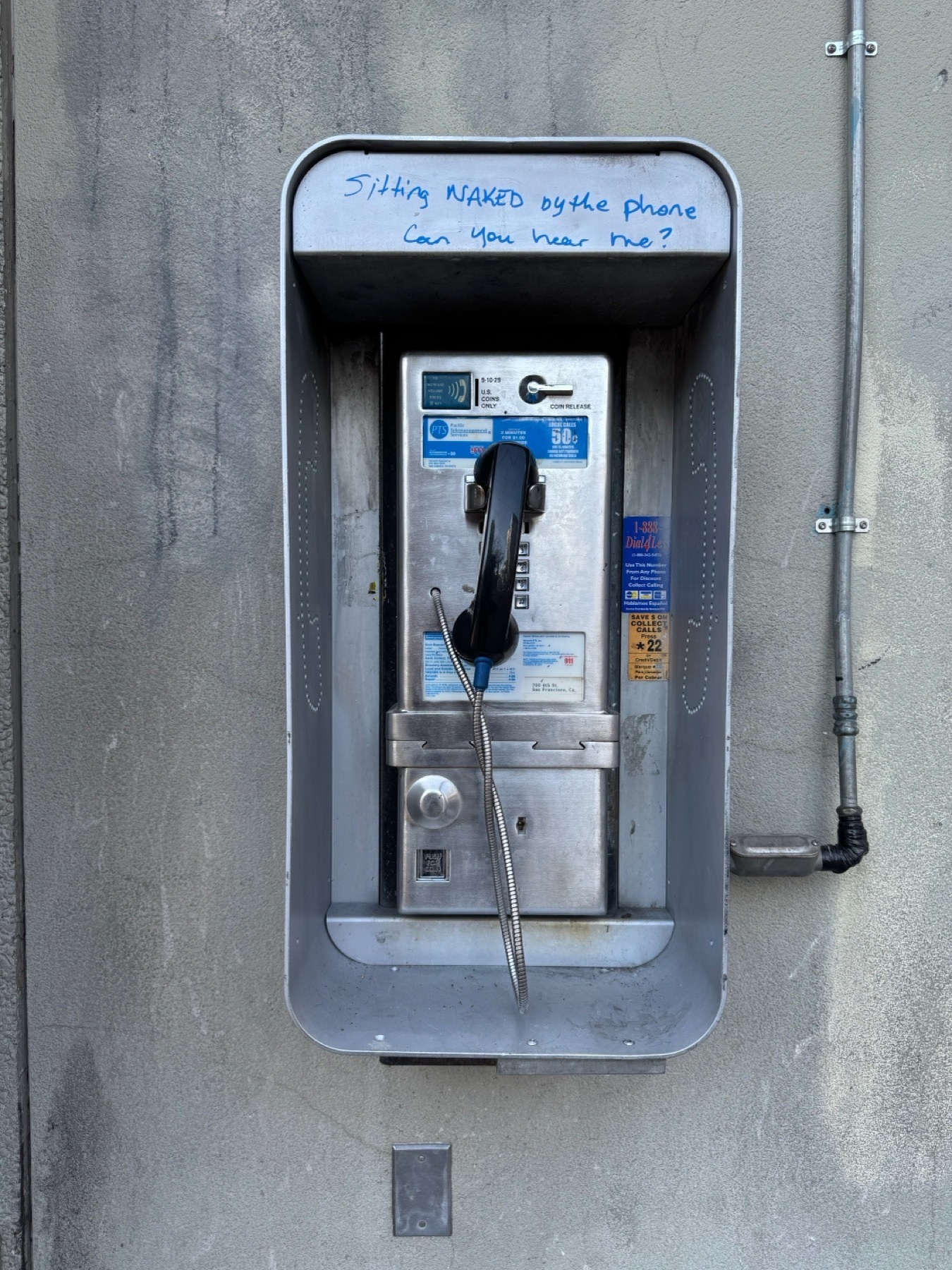Today I used our Droid AI to analyze a vendor’s security questionnaire response. It was one of the best experiments I’ve tried so far. I wrote:
We’re considering a new vendor, Foo Corp. I’ve described what they do in “foocorp-description.md”. I sent them a security questionnaire (“Questionnaire.doc”) and asked them to fill it out. All the other files here are their response.
Given the sensitivity of their service, does their reply seem adequate? Did they thoroughly complete their response to our questionnaire (“foocorp-response.txt”) and does it completely answer all the questions we sent to them? Are there any glaring gaps? Do their other documents support their answers?
Droid replied shortly with a detailed response identifying both the good parts and the areas of concern. It added an executive summary and a detailed list of suggestions to discuss with the vendor.
I double-checked Droid’s findings for accuracy and deleted some that didn’t seem terribly important. Then I wrote my own recommendations in my own words. It’s my job to apply my own judgment to the available information to make decisions, and I’m not oursourcing that judgment to an LLM. The AI didn’t do my job for me. Still, it saved me about a day’s worth of clerical work and made an onerous chore a lot more interesting.
I don’t ever plan to do a vendor review completely by hand again if I can help it.
The homeless guy next to me on Muni was very upset. I asked if he was OK and he said someone pepper sprayed him, then went on to lament. “Things are going good! I just got a bike that works” [note: don’t go there] “…and a met a good lady who gave me nice shoes. Why’d this have to happen?”
Now you know as much about his back story as I do, but it put things in perspective. I’ve had some ups and downs lately, but never to the point that the highlight of my month was simply having working transportation and a good pair of shoes. I have so, so much to be grateful for, and yet I haven’t shown as much gratitude for it as this guy did, this guy who just got pepper sprayed for who-knows-why.
Therefore but by grace go we. I hope that if I’m ever in a bad place in life that I can dwell on the good things I still hold.
I have a pair of AirPods Pro 2 that I wear every day during my commute to quiet the sounds of the bus and subway. Santa brought me an upgraded Pro 3 set last week. Noise cancellation in the Pro 2 was very good. ANC in the Pro 3 is astonishing. The normal background of a thumping diesel engine behind my head went from a quieted roar to nearly silent.
If you love your Pro 2s, which you should, because they’re great, then stick with them. If you were looking for an excuse to upgrade, this is me telling you to do it.
June Bug’s not too sure about the new housemate.

Santa must’ve thought I was nice.
(Pro-tip: his server has a weak password.)

I read Yann Esposito’s blog post, How I protect my forgejo instance from AI Web Crawlers, and think that’s a great idea. My main concern with the crawlers is that they’re horribly written and behave poorly. My own Forgejo server was getting slammed with about 600,000 crawler requests per day. This little server is where I share tiny personal projects like my Advent of Code solutions. I wouldn’t expect any project there to get more than a handful of queries per day, but suddenly I was serving 10 requests per second. That’s not a lot compared to any popular website, but that’s a lot for this service, on this tiny VPS, on my shoestring budget.
Worse, the traffic patterns were flat-out abusive. All the content on this site comprises nearly static Git repositories. The scrapers try things like:
- For every Git commit, fetch the version of every file in the repository at that commit.
- See
git blamefor every file at every commit. - Attempt to download the archive of each repo at every commit.
- Run every possible pull request search filter combination.
- Run every possible issue search filter combination.
- Fetch each of those URLs at random from some residential IP in Brazil that had not ever accessed my server before.
My first huge success at cutting through the flurry of bad traffic was with deploying Anubis. You know those anime girl pictures you see before accessing lots of web pages now? Well, those are part of a highly effective bot blocker. There’s a reason you’re seeing more and more of them.
And this morning, I also adapted Yann’s idea for my server which runs behind Caddy instead of Nginx. I made a file named /etc/caddy/shibboleth like this (but with the cookie name suitably altered to a random local value):
@needs_cookie {
not {
header User-Agent *git/*
}
not {
header User-Agent *git-lfs/*
}
not {
header X-Runner-Uuid *
}
not {
header Cookie *Yogsototh_opens_the_door=1*
}
}
handle @needs_cookie {
header Content-Type text/html
respond 418 {
body `<script>document.cookie = "Yogsototh_opens_the_door=1; Path=/;"; window.location.reload();</script>`
}
}
Note the extra X-Runner-Uuid line that Yann did’t have. This allows my Forgejo Action Runners to connect without going through the cookie handshake.
Then I added a line to the configurations for services I wanted to protect, like:
myserver.example.com {
root * /path/to/files
...
import shibboleth
}
This way I can easily reuse the snippet for any of those services.
Thanks for the great idea, Yann!
It’s about time for the annual attempt to migrate from OmniFocus to Reminders, which will probably fail spectacularly, as usual, reminding me (heh) why I’m glued to OF in the first place.
This is practically doomed and yet the season seems to demand the token effort.
I’ve heard friends talking about trying Zyn nicotine pouches and I want to shake them. They were created by a brand of Philip Morris, who spent decades claiming that cigarettes aren’t bad for you.
“But Zyn isn’t bad for you! There are studies!” Mmm-hmm. Tell me more about these objective third-party studies. I wouldn’t believe a nicotine industry study claiming water is wet, and if you would, then shame on you. Have you learned nothing?
A popular public transit app’s year end recap labeled me “Lord Tool, the Bus Punk”.
Uh, alright, I guess?


The dentist’s office has full-blown novels in the waiting room, which bodes ill for expected waiting times.
2 weeks in and GitHub still hasn’t replied to my urgent support ticket for a security-related audit log request, except to close it twice and make me re-open it.
And we pay good money for this privilege.
We’re this close to me asking my CTO if I can pilot a Forgejo POC.
I released v1.4.4 of Frozen BBS. It adds a ping command, a configurable delay between long reply pages, and an indicator of boards that have unread messages. It also removes message and DM and user bio limits, which are unnecessary since the pager can cope with longer texts.
Hey you.

My coworker Secret Santa gets me.

I just bought my first “real” handheld ham radio, a Yaesu FT-70DR. I’ve been pretty good this year and figured Santa might want to hook me up with some nice gear. There were a lot of options in my budget range and here’s how I narrowed the choice down:
Yaesu FT-60R/FT-65R
I’ve heard nothing but good about these, with the 60R having a reputation for a slightly better receiver than the 65R. They only support analog, though, and I wanted to play with digital.
Yaesu FT5DR
This was extremely tempting, but I stumbled across report after report after report of the case cracking, even for people who never leave the house with them. If I paid that much for a radio, and the case broke itself, I’d have to find a steamroller to put it out of my misery.
Also, its APRS seems to keep getting stuck in transmit mode. Just… what?
AnyTone AT-878UVII Plus
The 878 also has a lot of fans! The only downsides were that I already have a DMR radio, and that its prices puts it up against some other extremely nice units.
Yaesu FT-70DR
So I ended up with the FT-70DR. It also has complaints about its battery life, but at least I can work around those by keeping it charged up or buying extra batteries. And now I’ll be able to play with Yaesu System Fusion digital mode, which sounds fun. The price was nicer than some of the alternatives, too, which makes Mrs. Claus a little more amenable to future purchases.
My coworkers weren’t sure what my “2600” baseball cap referred to. I sense an upcoming lunch and learn.
This morning’s programming-adjacent task: making a Shortcut that sets my phone to “reduce interruptions” mode for an hour, sets my AirPods to noise cancellation mode, and opens Maps showing transit times to my office.
Now I can say “hey Siri, commute” and do all these things at once.
My AirPods Pro case stopped charging on my MagSafe charger. The Internet told me, and I quote,
Just smack them shits on your table
It worked. Percussive maintenance carries the day, yet again.
I talked to my company today and told them how phishers use a sense of 1) danger, and 2) urgency, to push smart people to do rash things. I offered to be their personal, confidential fear consultant: “hey, I got this scary thing. Is it real?” Let me do the worrying for them.
This, more than goofy phishing tests that make people feel dumb, is how we help our friends avoid scams.
